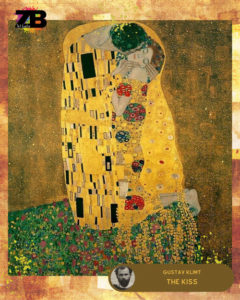Gustav Klimt
- Birth and Family Life
- Gustav Klimts’s Carrer
- Gustav Klimt’s Work
- Best Art Reproductions of Gustav Klimt
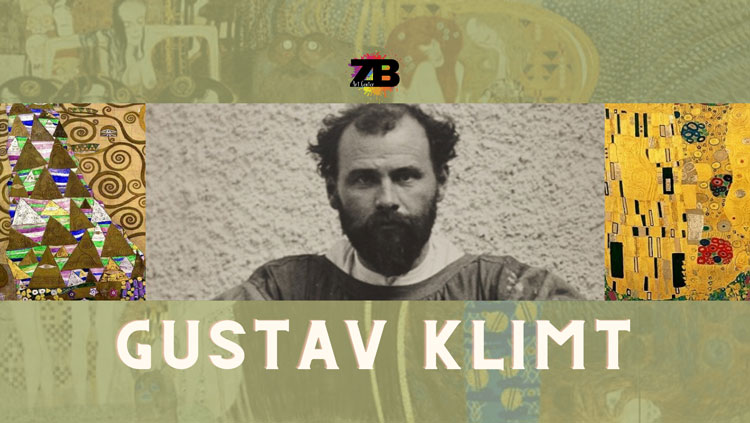
Birth and Family Life
On July 14, 1862, Gustav Klimt was born in Baumgarten, Vienna’s 14th district as the second of seven children to Ernst Klimt, his father who was a goldsmith and engraver who was originally from Bohemia before he immigrated to Vienna. Meanwhile, his mother Anna has always dreamt of becoming a professional musician. This is probably why Klimt and the rest of his 6 siblings all displayed some potential in the arts at some point in their life, especially the three sons: Ernst Jr., Georg and Gustav himself.
The Klimt family was not rich. In fact, they struggled financially for most of their family life. Gustav Klimt’s childhood dream was to simply be able to teach art to the younger generations, although he ended up with achievements much greater.
At a young age, the people in Gustav’s life started to recognize his potential, which paved some great opportunities for him. When he was 14 years old, he got a full scholarship to the Vienna School of Arts, where he would learn the fundamentals of architectural painting. There he learned conservative and classic methods when it came to art. Of course, as a young man of great talent, he took everything in and even started earning commissions as a student until he eventually developed his own painting style which little did he know at that time, would be admired by millions over time.
Klimt’s Career
Upon graduating from school, he and his brother Ernst Jr., along with their common friend Franz Masch opened an art studio called “The Company of Artists”.
Being artists themselves, both the Klimt brothers and their partner Masch agreed to set aside their personal art styles to create consistency and uniformity of style popular to Vienna’s upper class and Aristocrat market. The company painted a lot of public murals in churches, auditoriums and public spaces such as a mural for the Vienna Burgtheater and the ceiling above the staircase at the Kunsthistorisches Museum.
The Company of Artists trio received well-deserved recognition for the quality and consistency of their work. This includes the Golden Order of Merit from Austro-Hungarian Emperor Franz Josef I in 1888. While running and managing the business, Gustav painted his personal style and inclinations on the sidelines and also had numerous personal projects outside of the business.
The year 1890 was another milestone in Gustav Klimt’s successful career as an artist. Along with his brother, they joined the Vienna Artists Association, a conservative art group that was running Vienna’s art scene, along with the majority of art events and exhibitions held in Vienna. Things were going very well for Klimt, until tragedy struck 2 years later.
A Double Tragedy That Changed The Course Of Klimt’s Career
It was the year 1892, both Ernst Sr. and Ernst Jr.: Gustav’s father, as well as his brother and business partner, passed away. Ernst Jr. had only been married for one year when this tragedy struck. This event was life-changing for Gustav, as he started to move away from conservative and naturalistic works to something more profound and heavy on symbolism – his own personal style free from the rules and restrictions he set for himself for the good of the business.
Sadly, he and Franz Matsch also decided to part ways after Ernst’s death, as their conflicting views and art styles made it impossible for them to continue working together as a team. This led Gustav to finally resign from the Vienna Artists’ Association in the year 1897. Fortunately for him, he was not alone in this endeavour. About forty more artists and friends of Klimt resigned in the same year and together, they formed “Vienna Secession”. Gustav was elected their first president.
Moving away from classical and academic art may have been how they began as a group, but the Vienna Secession did not limit themselves to a certain style. Instead, they began a community based initiative to support young nontraditional artists in their quest for meaningful artistic freedom, no matter what their style may be, and they even supported international artists and brought their work to Vienna.
With Success Comes Inevitable Criticism
Gustav has always been a fan of symbolism. He welcomed the year 1900 with Vienna Secession’s seventh exhibition held in the University of Vienna which sparked controversy, when one of the murals by Klimt called Philosophy displayed some nudity and dark symbolic images. A petition went around for the artwork, along with two other murals by Klimt namely Medicine and Jurisprudence to not be displayed by the school or anywhere else for that matter. This urged Gustav to withdraw from the commission a few years later.
This may have been a trying time for Gustav whose work was rejected by the community he had been a part of all his life, but it did not hinder his success as a whole. The early 1900s was Gustav Klimt’s golden phase where some of his best paintings came to be. Those known by millions of people and those that are still relevant to this day and age.
In 1905, the Vienna Secession split up into two groups. He continued to create more award winning masterpieces. The most notable one being Death and Life, which won first prize at an international exhibition in Rome.
His success was put to a tragic halt when he suffered paralysis due to a stroke. At the young age of 55, he died of complications from his stroke in February of 1918 in Vienna, Austria, which is both his birth place and final resting place.
If you were wondering, Gustav never got married, but he did have a reputation for falling for his muses and having love affairs with them, and he had 14 children throughout the course of his life to prove that these love affairs did take place. He kept his affairs discreet to avoid further criticism and scandal.
Klimt’s Work
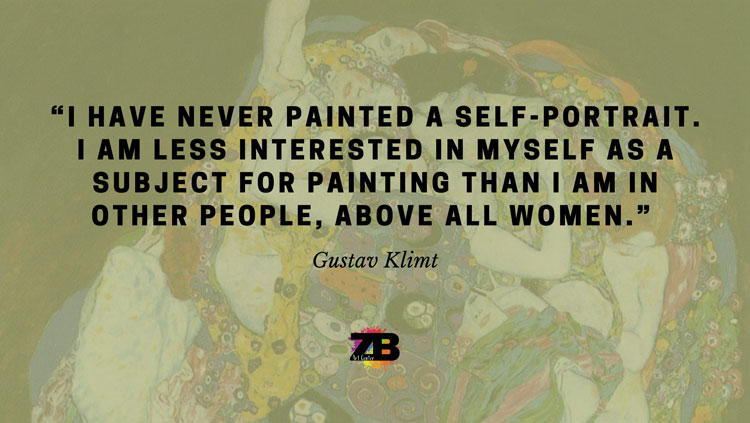
It’s safe to say Gustav Klimt loved the female form as a subject for his paintings. In fact, the majority of his later works are of women in the nude. Many of his most notable paintings also contained a golden leaf. Gold is a prominent color in a lot of his works such as Adele Bloch-Bauer I and The Kiss.
Art Style and Technique
Gustav Klimt’s style can be easily recognized because of the elegance it exudes. The use of gold with very attractive and powerful feminine subjects either in elegant costumes, partly or fully nude, combined with classy phallic symbols, spirals and swirls. Gustav described his art and all art in one word: exotic.
Egyptian, Classical Greek, Byzantine and Minoan inspirations can all clearly be seen in his work because of his choice of color and subject matter.
Gustav Klimt’s Paintings
Klimt’s paintings are divided into two timelines. First is when he was still a part of an art trio or collective, which does not reflect his style, as he was still restricted by Viennese views and preferences.
The next part of Klimt’s career was after the death of his father and brother, which affected his style greatly and led him to go on his own. He preferred to paint in the comfort of his own home. Most of his clients and muses came to his home and stayed for long amounts of time as Gustav himself preferred to stay discreet about his affairs in general.
Beethoven Frieze (1902)
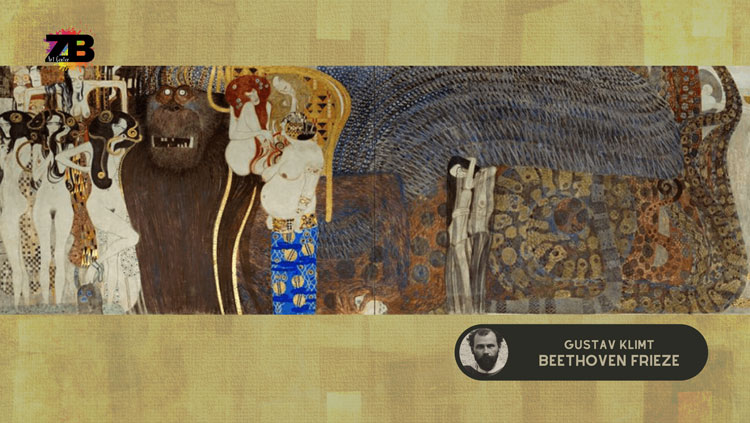
Painted for the 14th Vienna Secessionist exhibition, the piece was directly painted into the wall and was preserved until 1986. The frieze shows humanity’s desire for happiness in a world of suffering. It contains a lot of subtle symbolisms that Klimt loves to add to a lot of his work.
Mother and Child (1905)
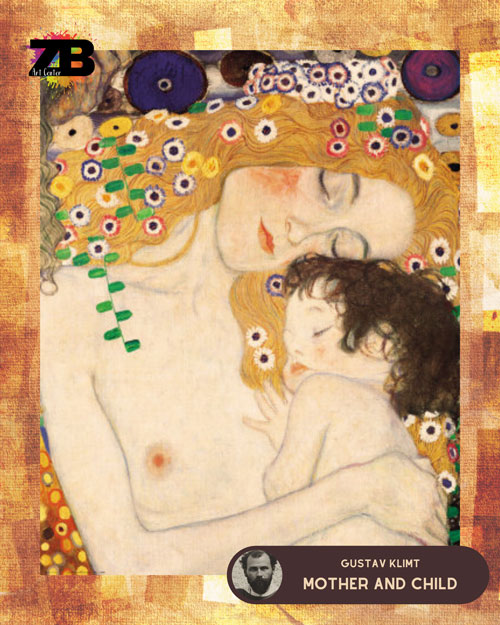
This oil painting is actually an exquisitely detailed and notable part of one of Gustav’s paintings called Three Ages Of Woman. This painting is also known as, “Le Tre Eta Della Donna”. It contains subtle Japanese art influences which Gustav, along with many great painters is known for. Mother and Child shows more of the different female forms in different ages and is not considered erotic despite having elements of nudity, this is compared to Gustav’s other famous paintings.
The Tree Of Life (1905)
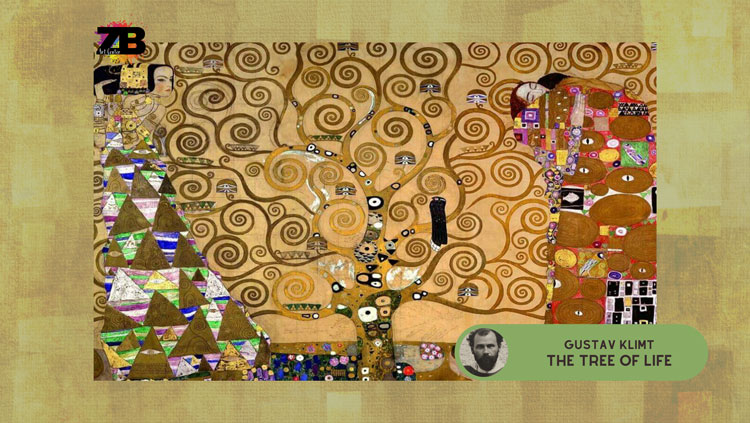
A mixture of oil and painting and gold details is what makes Klimt’s Tree Of Life so distinctive and unique. It is also the only landscape created by Klimt in his golden phase.
It also would not be a Klimt original without the use of age-old symbolisms.
The Kiss (1907)
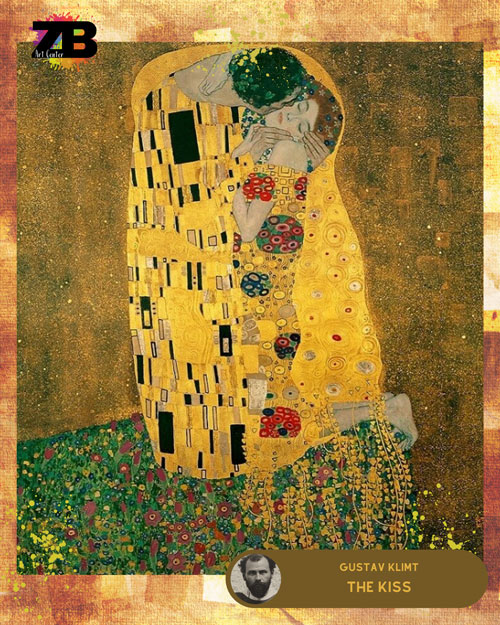
Klimt’s most famous painting, with life sixe figures (the painting size is 180cm x 180cm) with erotic elements and use of the gold leaf and gold details, which is reminiscent of Egyptian and Byzantine style art.
Portrait of Adele Bloch-Bauer I (1907)
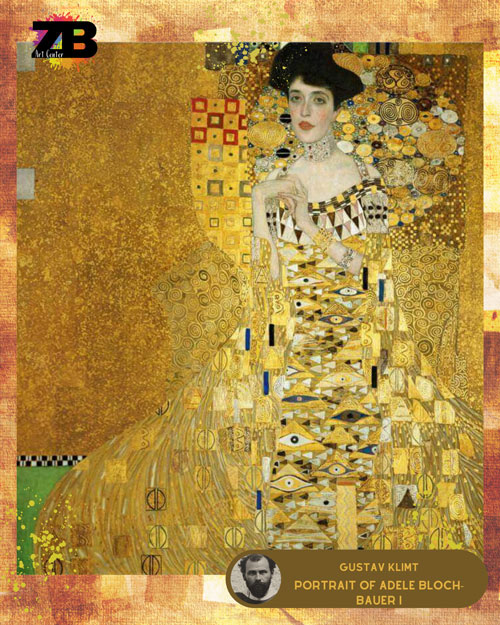
Adele is the wife of the industrialist Ferdinand Bloch-Bauer, who commissioned Klimt to paint this portrait. She is the only subject that Klimt painted twice.
Danae (1907)
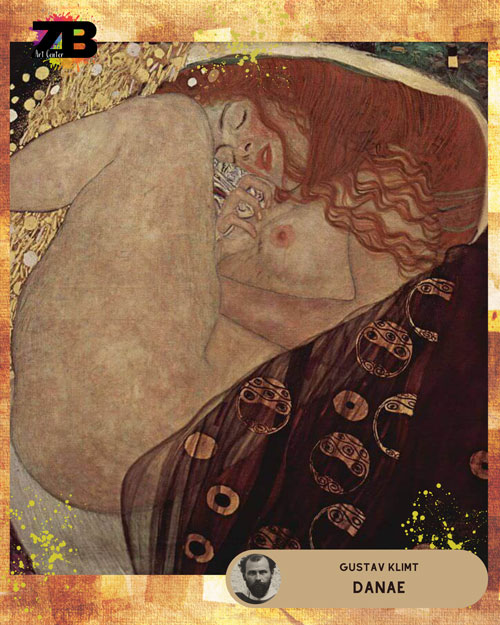
One of his more erotic paintings of a woman being seduced by the God Jupiter, who was represented in the painting by liquid gold or rain.
Water Serpents I and Water Serpents II (1907)
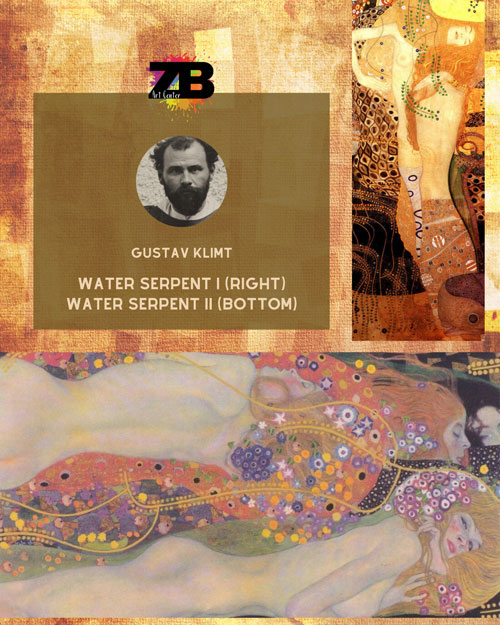
Water Serpents I and Water Serpents II are some of Klimt’s most sensual work involving the naked female form, gold details and colorful pattern. The Water Serpents I is not an oil painting. And it seems to be no different from the studies building up to part II. However, giving the work a name “water serpent”, with psychedelic and serpent-like scaly patterns behind the muse made this painting even more meaningful and erotic.
Death and Life (1908)
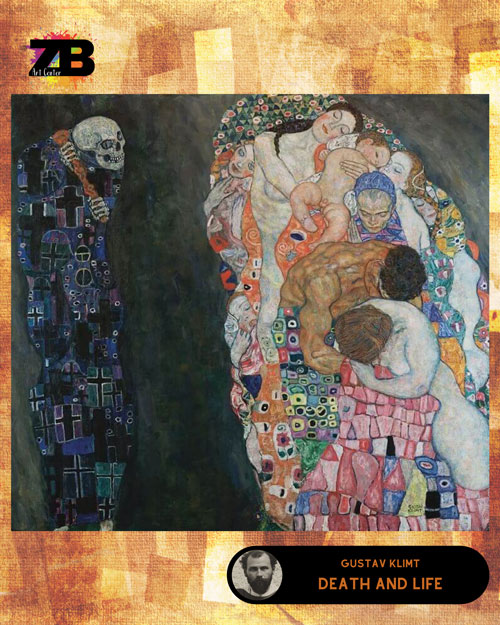
This painting is literally symbolic of its title name, with a clear separation and depiction of death, represented by the grim reaper, and life represented by women and children laying in a bed of flowers.
The Maiden (1913)
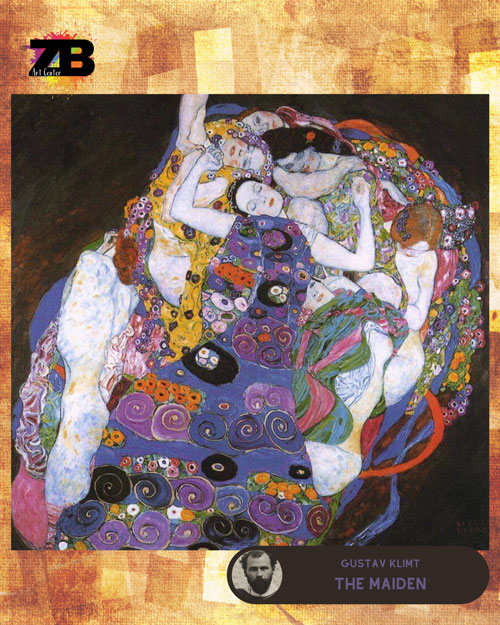
Another erotic piece with a lot of feminine elements and, metaphors and symbolisms such as mortality, fertility and evolution.
Best Art Reproductions of Gustav Klimt Paintings
Gustav Klimt’s life and career was put to a sudden stop when he died at a young age of 55. There are thousands of his works’ replicas and reproduced paraphernalia of the late painter’s art, in different forms, sizes and price ranges.
Want to secure a beautiful Klimt replica for your space?
View our list of Gustav Klimt reproductions

